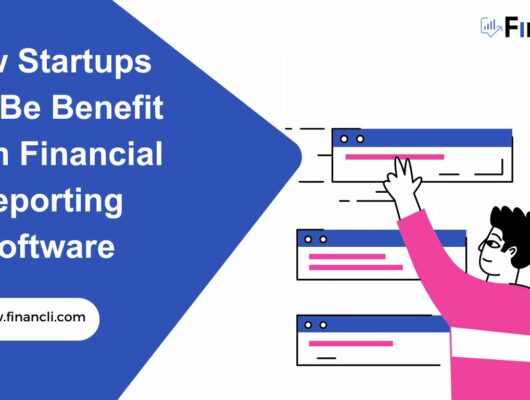Discount Rate
The discount rate, often used in financial analysis and decision-making, represents the discounting of future cash flows to determine their present value. It’s a crucial concept for investors and financial institutions, especially when evaluating prospective investments or loans.
Calculating the Discount Rate
The discount rate is derived from a combination of the risk-free rate, the market interest rate, and a risk premium. The Federal Reserve, the central bank of the United States, plays a pivotal role in influencing short-term loans and the federal funds rate, which can impact the discount rate used by commercial banks and other financial institutions.
- Risk-Free Rate: This is the return on an investment considered free of risk, such as government bonds.
- Market Interest Rate: This represents the return investors expect from other investments with a similar risk profile.
- Risk Premium: An additional rate added to compensate for the risk associated with a particular investment.
Discount Rate Example
Imagine a financial institution considering an initial investment of $100,000 in a prospective investment. If they use a discount rate of 10%, the future cash flows from that investment would need at least $110,000 in a year to justify the investment.
Choosing The Right Discount Rate to Use
Choosing the appropriate discount rate is a blend of art and science. Factors to consider include:
– Cost of Capital: This encompasses both the cost of debt and the cost of equity. The hurdle rate, or the minimum rate of return used for an investment, often aligns with a company’s cost of capital.
– Monetary Policy: The Federal Reserve Bank’s monetary policy can influence the discount rate, primarily through tools like the discount window.
– Opportunity Cost: The potential rate of return from alternative investments.
– Tax Rate: The tax shield, or the reduction in taxable income, can influence the rate chosen.
Types of Discount Rates
Understanding the different types of discount rates is essential for financial analysis and decision-making. These rates help determine the present value of future cash flows, which is crucial when evaluating investments, loans, or any financial project. Here’s a breakdown of the it’s various types:
- Nominal Discount Rate: This rate includes the expected inflation rate. It’s used to discount nominal cash flows, which are cash flows that have been adjusted for inflation.
- Real Discount Rate: Excludes the impact of inflation. It’s used to discount real cash flows, which are cash flows that haven’t been adjusted for inflation.
- Risk-Free Rate: This represents the return on an investment considered free of risk, such as government bonds. It’s a foundational component in determining other types of discount rates.
- Weighted Average Cost of Capital (WACC): A composite discount rate that considers both the cost of equity and debt. It’s weighted based on the proportion of equity and debt in a company’s capital structure.
- Hurdle Rate: The minimum rate of return required for a project or investment to be considered. A company’s board of directors often sets it based on various factors, including the company’s cost of capital and risk profile.
- Federal Reserve Discount Rate (Primary Credit Rate): The interest rate set by the Federal Reserve for lending to depository institutions through its discount window. It’s a tool used by the central bank to influence monetary policy.
- Company-Specific Discount Rate: Tailored for a specific company, considering its unique risk profile, industry dynamics, and financial health.
Frequently Asked Questions:
– How Do You Choose the Appropriate Discount Rate?
– It’s a combination of understanding the cost of capital, the rate of return, the Federal Reserve’s monetary policy, and the specific financial situation of the entity.
– How does the Discount Rate Work in Cash Flow Analysis?
– It helps determine the present value of future cash flows, aiding in evaluating the attractiveness of an investment opportunity.






